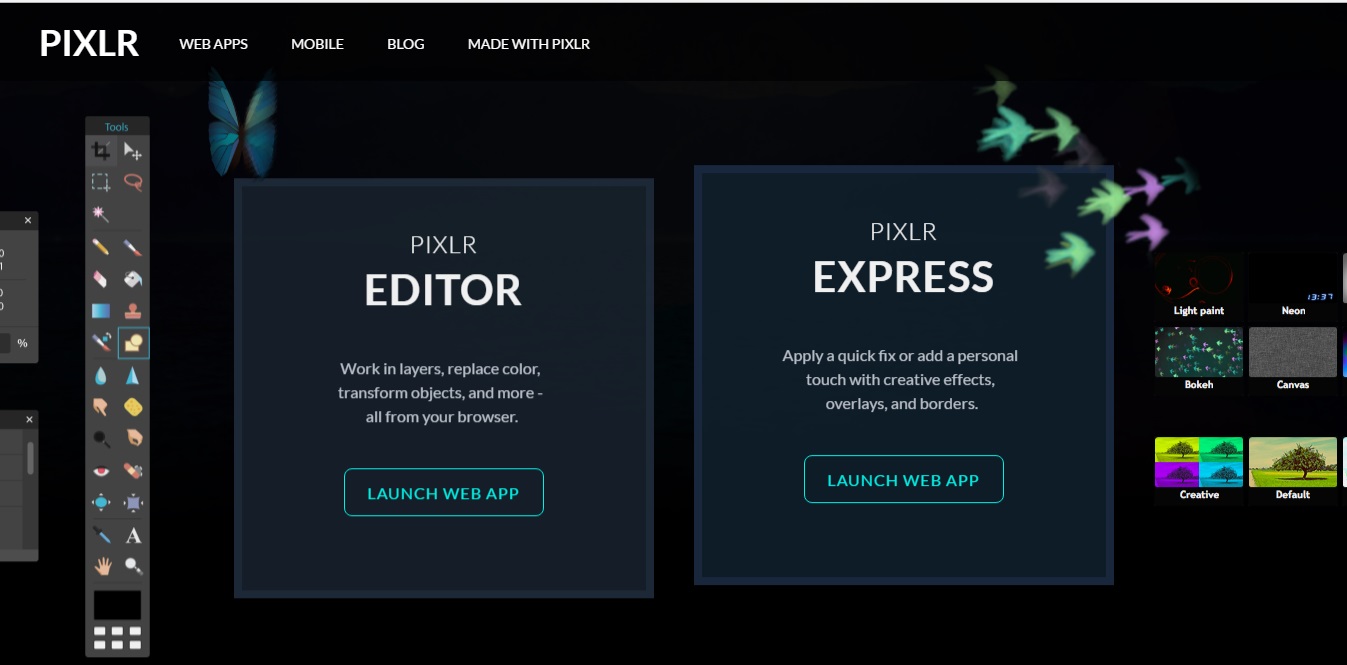
Pixlr isn’t too big on automatic adjustments either, but they’re starting to release some tools and promise to release more in the future. Pixlr’s automatic background removal feature is acceptable for quick edits, but not for anything with fine detail, as you can see in this photo of Simon the Cat caught in mid-blep In fact, they’re still having a bit of trouble with automatic brightness and contrast adjustments, let alone content-aware scaling. Automatic AdjustmentsĮveryone loves automatic tools lately, although GIMP has been a bit slow to adopt some of the more impressive advances in the world of automatic editing. Pixlr’s brush tools are more responsive than some desktop apps I’ve used, but GIMP easily has the edge in terms of the total number of tools. For the vast majority of image editing projects, both of these applications are perfectly capable of getting the job done. While Pixlr lets you use your stylus as a mouse the way every app does, GIMP can also interpret the pressure changes that really turn your drawing tablet into a must-have tool. One basic editing area where GIMP remains unchallenged is drawing tablet support.

GIMP’s graphic assets are a bit more limited to start with, but they can be expanded with custom creations. Pixlr has a major edge if you’re using your image editor for graphic design tasks, as the paid tiers come with access to a large library of digital design assets and templates. The question is, how often are you doing precise edits on high-resolution images, and how often are you making quick edits and pics for online marketing? I’ll explain as we go along, but just so that we’re all on the same page from the start, these are the areas that I look at when I’m comparing another editor to GIMP:įor serious high-resolution image editing, GIMP is easily the better choice thanks to its powerful editing tools and extensive options. The simple answer is actually a complex one: it depends on what you want to do.
#Pixlr editor e free#
So when I mention Pixlr in this post, I’ll be comparing all the versions, free tiers, and paid tiers all at once, since the paid features count as part of what Pixlr can do. In addition to this division, there’s a free account tier and two premium account tiers with extra tools and graphic assets. Pixlr X is a streamlined, simplified editor for quick image edits, but Pixlr E is a feature-packed edition for more advanced users with some extra graphic design tools thrown in.

Pixlr has a slightly confusing system for its software, a leftover from its various stages of development. Best of all, it’s totally free! To Be Fair to Pixlr It can handle any raster edits you need, and its features can be expanded with a range of plugins. GIMP is more like a complex 56-in-1 multi-function tool: sharp and capable in almost any situation, but it works best if you know exactly what you’re doing.


 0 kommentar(er)
0 kommentar(er)
